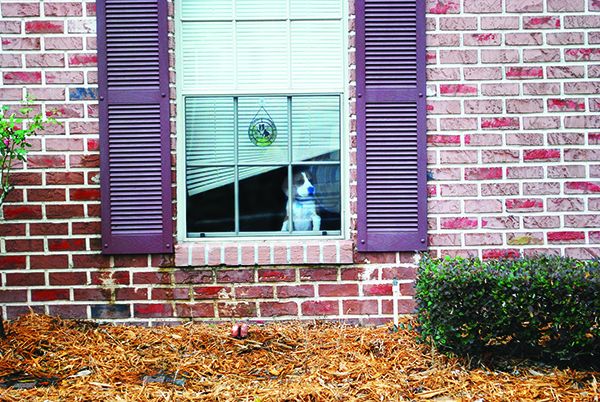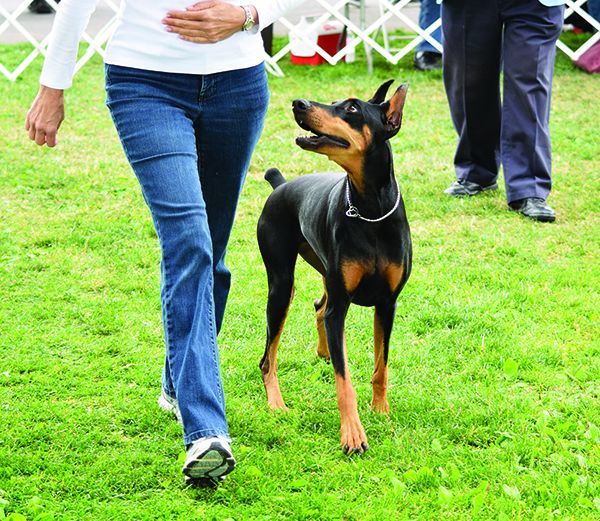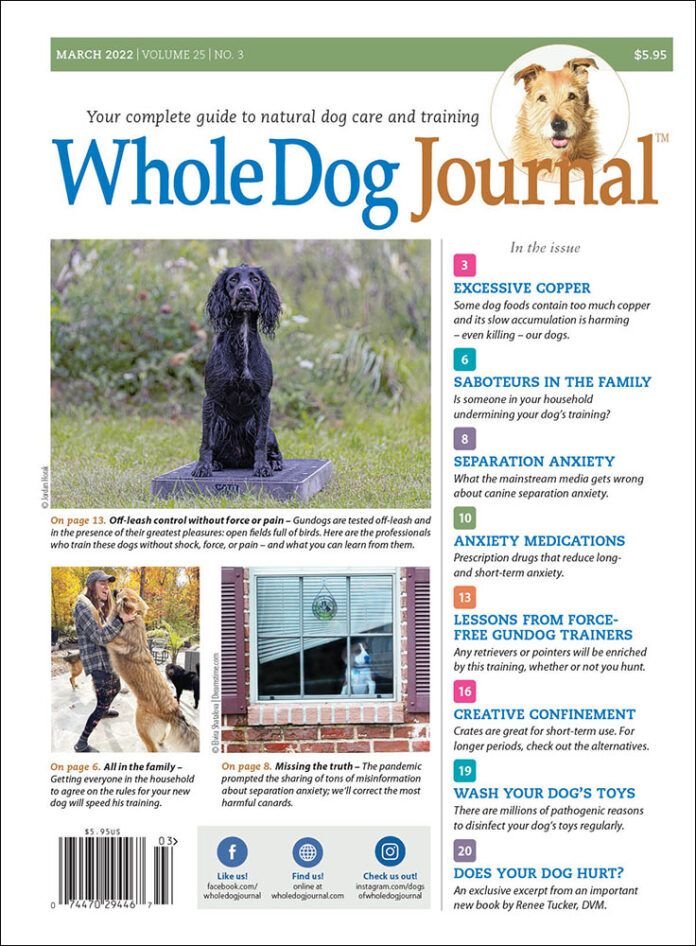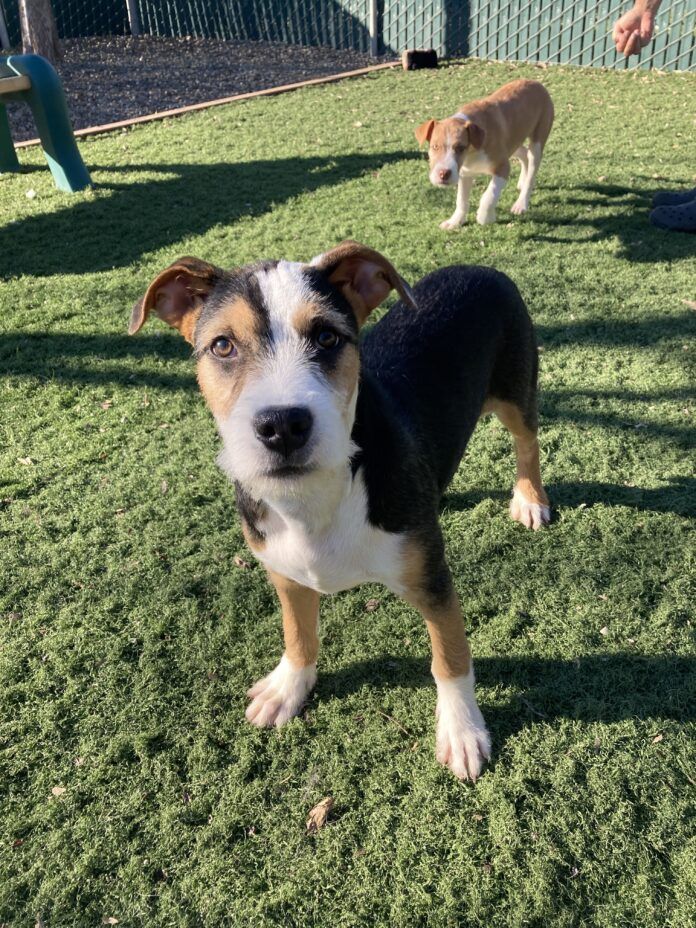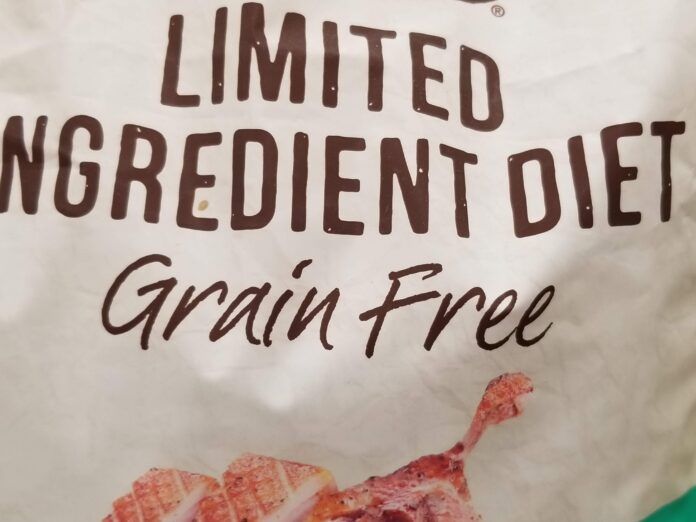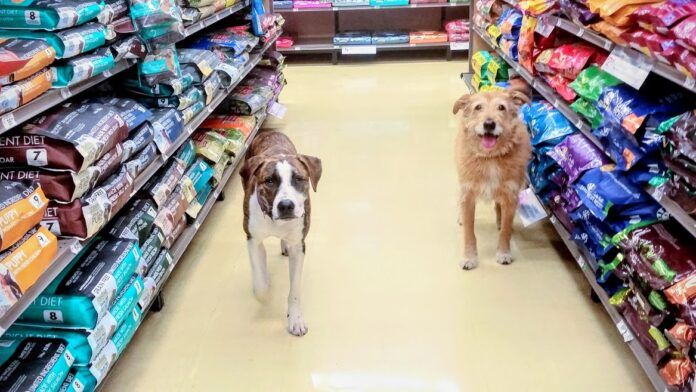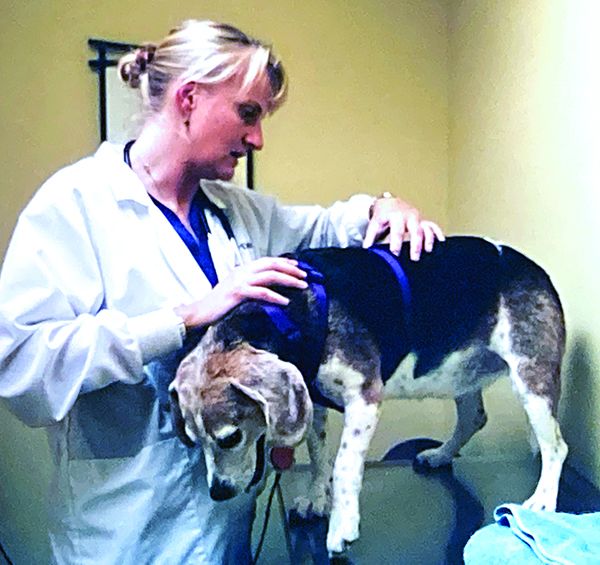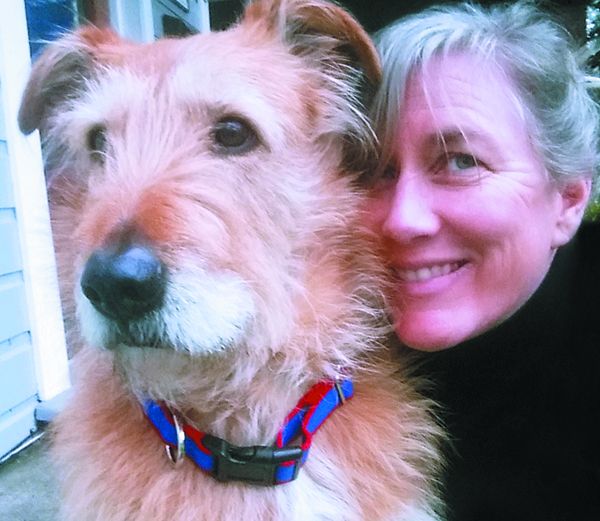The advent of the pandemic in 2020 caused many of us to begin spending most of our time at home with our dogs. Many people used the opportunity of having more time at home to add a new dog to their families.
Then, seemingly overnight, there were reports everywhere in the mainstream press and on TV discussing the huge, catastrophic, impending wave that’s supposedly about to strike our nation: a wave of canine separation anxiety – the common expression for dogs who experience distress when left home alone. On every media (and social media), journalists are worrying about how our canine family members will adjust to being alone once our families return to school and work outside of the home.
The good news? All that buzz created has more awareness than ever about separation anxiety in dogs. And that awareness means that people are clamoring for information.
The bad news is that much of the information that has been made available to dog owners includes confusing or incomplete recommendations, which leaves them feeling overwhelmed and at a loss as to where to begin.
And the really ugly news? With the increase in attention and demand for separation anxiety training services, inhumane and ineffective methods, promoted as guaranteed quick fixes, have flooded into the marketplace. Add the fact that the media has been indiscriminately airing both urban legends about canine separation anxiety (SA) as well as false claims about quick fixes, and you’ve got a perfect recipe for a lot of potential cruelty inflicted on an already highly stressed canine population.
Here are some important corrections to the most prevalent and potentially harmful inaccuracies about canine separation anxiety commonly shared today:
WRONG: “The separation anxiety crisis is new.”
CORRECTION: Media attention is new, but this is one of the most common issues addressed in professional behavior practices.
According to a 2010 study published in the Journal of Veterinary Behavior, problems that occur during the owner’s absence represent up to 40% of the caseload in behavioral practices in North America. That is a lot of separation anxiety. Fortunately, because this concerning behavior is not new, there is also a lot of research available to help with its understanding. In the past four decades, separation anxiety has been the most commonly discussed disorder in published studies of experimental research and retrospective research in the fields of applied animal behavior and veterinary behavior (Ogata 2016).
The process of training a dog who exhibits separation anxiety was originally developed in the 1950s. While the implementation of that process has been refined and improved over the years, the basic principle of systematic desensitization is the same. (See “Amicable Separation,” WDJ June 2020.)
WRONG: “Separation anxiety results when dogs are too attached to their families.”
CORRECTION: Much media attention focused on the sheer number of hours that we were spending at home with our dogs. The worry seemed to be that being home all the time would create hyper-attachment and therefore lead to separation anxiety. However, a landmark study showed otherwise. Video analysis showed that dogs with SA spent no more time in contact with or in proximity to their owners during the attachment test than dogs without SA (P>0.05) (Parthasarathy, 2006). Being more bonded does not mean more separation anxiety.
Our canine behavior practice has focused on SA exclusively for more than 20 years. In all that time, we have not seen a correlation between so-called “Velcro dogs” and separation anxiety. Nor have we seen that dogs who spend a lot of time with their owners are more likely to have signs of separation anxiety than dogs who spend less time with their owners.
As far back as the early 1990s, we began seeing peer-reviewed research that refuted the notion that dogs who are “spoiled” by their guardians are more likely to engage in problem behaviors such as separation anxiety. Separation anxiety is not linked to any particular behaviors on the part of the dog’s owners. A lot of our work resides in reassuring these loving dog guardians that they did not create this problem.
Have you felt guilty about what others have said about your supposed role in your dog’s separation anxiety? Please, right now, absolve yourself of any and all guilt. This condition is not your fault.
WRONG: “More exercise will fix dogs with separation anxiety.”
CORRECTION: We’re all for physical exercise and mental enrichment, but these aren’t a cure for fear in this or any case. We shout from the rooftops that dogs need appropriate enrichment both physically and mentally.
However, this is because enrichment contributes to the overall health and wellbeing of our dogs. More physical exercise or mental enrichment unfortunately does not result in a resolution of fear-based behaviors like separation anxiety, despite how prevalent these recommendations are.
Let’s say you are terrified of flying on an airplane, but you must make a flight later that day. What if your friend told you to run 10 miles prior to boarding in order to feel less afraid? We think you’ll agree that this would not help. Physical exertion cannot overcome panic, particularly not in the long term.
WRONG: “You can prevent separation anxiety.”
CORRECTION: Helping your dog learn about spending time alone is a great exercise for many reasons. But the idea of prevention gets fear in dogs all wrong. We cannot “prevent” that for which we don’t know the cause. Separation anxiety may be well-researched, but what causes it still remains unclear.
We can do a lot to help dogs learn that alone time is safe, and we can prepare them for the eventuality of time spent without us. However, even these worthwhile tasks do not guarantee the prevention of separation anxiety.
WRONG: “Separation anxiety in dogs can be fixed quickly.”
CORRECTION: It’s so tempting to think that there’s a way to speed up fear recovery. If there were a gadget, a pill, or an app that fixed separation anxiety, we would be all over it, but none exists.
It’s imperative to understand that separation anxiety training has to be adjusted to the individual dog with whom we are working. The dog sets the pace, and no two dogs are the same. These are living, breathing, sentient beings, and we can’t apply cookie-cutter training and expect resolution.
Separation anxiety is akin to a phobia in humans and the level of panic that the dog experiences when left alone may not be logical to us, but it is very real to the dog. Fear like that cannot be modified by using quick fix remedies.
But you can take comfort in this: The scientifically supported training that is used to resolve SA is not new; it’s been tested and true.
WRONG: “Nobody knows how to help these new dogs with separation anxiety!”
CORRECTION: We do know how to help dogs with separation anxiety. Thankfully, we already have good practical experience and don’t need to reinvent the wheel.
The successes that we have witnessed are countless. Additionally, members of our team have helped many more dogs, and the collective accomplishments are inestimable. The dogs we’ve seen are incredible. They just need help feeling safe in this modern world. Our clients’ dogs who suffer from separation anxiety are truly extraordinary in every way; they are simply terrified of alone time. We can help them thrive.
The premier specialists with this behavior issue are Certified Separation Anxiety Trainers (CSATs). CSATs are the only separation anxiety practitioners recommended by the American Veterinary Society for Animal Behavior.
WHERE TO BEGIN: TREATING SEPARATION ANXIETY IN DOGS
Are you worried about leaving your dog alone? Don’t heed the myths and confusion shared in the popular press and social media. Contact a qualified dog professional and get started. We’ve been here all along and we’re here for you now. You can get through this and your dog can, too.
Malena DeMartini-Price is renowned in the dog training world for her expertise in dog separation anxiety issues. She is the author of the books Treating Separation Anxiety in Dogs, as well as Separation Anxiety in Dogs: Next-Generation Treatment Protocols and Practices.
Maia Huff-Owen is a KPA-CTP and a CSAT. She is also an instructor for Malena DeMartini’s Separation Anxiety Certification Program, a 14-week, intensive course that teaches dog trainers how to work successfully with separation anxiety cases. See “Resources,” page 24, for contact information.


